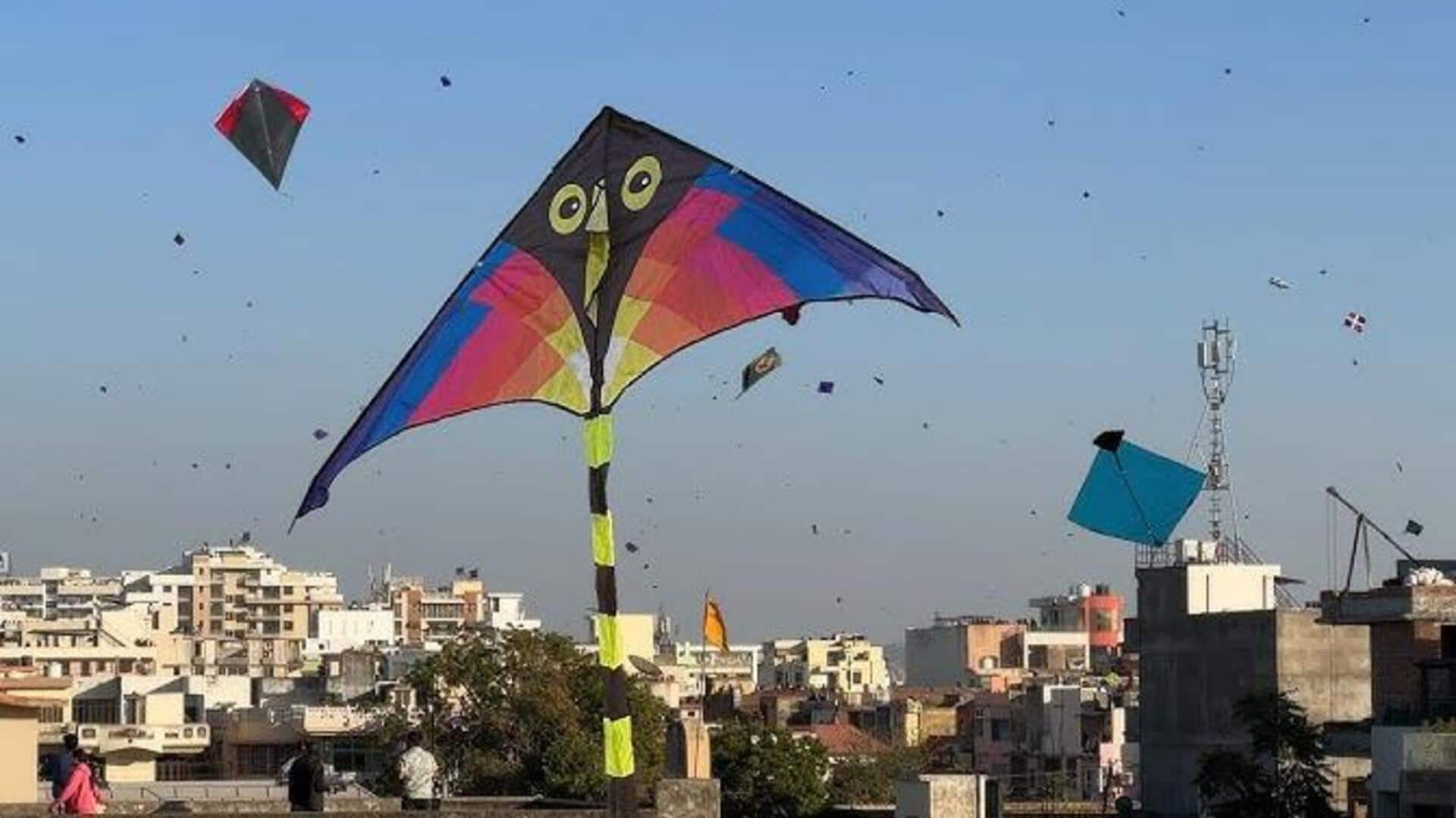
Kites in the sky: The vibrant traditions of Makar Sankranti
What's the story
Makar Sankranti is one of the most important festivals of the country. However, what really makes it special is the tradition of kite-flying.
The festival marks the sun's transition into the Capricorn zodiac, and longer days.
Kite-flying during Makar Sankranti isn't just a hobby, but a cultural phenomenon that unites communities.
The skies are dotted with colorful kites, making it a vibrant sight.
Historical insight
Historical significance of kite-flying
Kite-flying has deep historical roots in India, thought to have been introduced by Chinese travelers centuries ago.
It eventually became an integral part of Indian culture and traditions.
During Makar Sankranti, kite-flying represents freedom and joy as people celebrate the end of winter and welcome warmer days.
The activity also becomes a social affair where families and friends gather on rooftops to compete in friendly kite battles.
Regional Insight
Regional variations across India
Different regions of India have their own unique ways of celebrating Makar Sankranti with kites.
From Gujarat, where Uttarayan is all about kite festivals as international participants join locals for grand celebrations, to Rajasthan, which hosts vibrant fairs with kite competitions, to Maharashtra, where kids enthusiastically participate in the tradition, every region adds its own flavor to the festivities with different styles and techniques of making and flying kites.
Economic insight
Economic impact on local markets
Notably, the demand for kites during Makar Sankranti gives a major boost to local economies in several states.
Artisans work day and night to manufacture a variety of designs, from traditional ones to modern ones with popular characters or symbols.
This seasonal business also opens up job opportunities for several craftsmen who depend on these sales for their livelihood at this time of the year.
Safety tips
Safety measures during kite-flying events
While kite-flying is a fun activity, it must be practiced with safety precautions to avoid accidents or injuries.
Participants must use eco-friendly materials such as cotton strings instead of synthetic ones that may harm birds or create electrical hazards when entangled with power lines.
Wearing protective gear such as gloves helps to avoid cuts from sharp strings used during competitive flying sessions popularly known as kite duels.